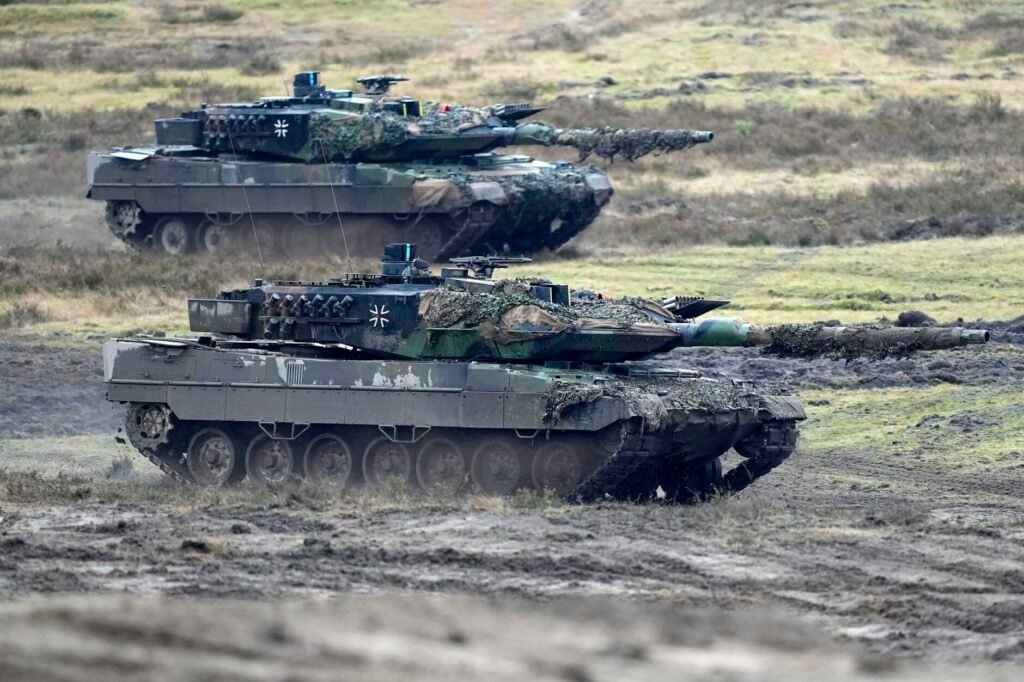
German military’s metaverse promises virtual foes with an AI punch.
Imagine a drone swarm so cunning it can overwhelm any air defense, or an air defense weapon so smart it can see through any drone swarm’s tactics. New investments in military equipment will soon lead to artificial intelligence-powered sniff tests to see how such ideas would perform in the real world.
At least, that’s the promise of a consortium of German startups and defense academics, who say their GhostPlay virtual battlefield offers acquisition officials the chance to game out new features for unmanned systems, counter-drone guns and everything in between in order to identify shortcomings during the design phase.
At the heart of the platform, internally dubbed a metaverse for the Bundeswehr, or German military, lies a kind of supercharged artificial intelligence engine built on self-learning and enhanced autonomy, according to Yvonne Hofstetter, the CEO of 21strategies. The German company, whose proprietary technology is already deployed by traders in the financial industry, leads the GhostPlay project along with local sensor specialist Hensoldt, the Bundeswehr University Hamburg, and Switzerland-based Borchert Consulting and Research.
The German Defence Ministry funded the idea in the course of a €500 million (U.S. $540 million) COVID-19 subsidy package, spread over four years and meant to jolt the country’s high-tech defense research sector into action. Grants are managed through a joint venture of Germany’s two Bundeswehr universities (there is also one in Munich) dubbed dtec.bw.
What sets GhostPlay apart from other military initiatives dabbling in artificial intelligence is its use of “third-wave” algorithms, Hofstetter said in an interview with Defense News, meaning the simulated battlefield actors make decisions that are more “human-like,” with surprises and unpredictability included.
That is compared to “second-wave” AI technologies that essentially behave as supporting acts to humans — optimizing or speeding up decisions instead of coming up with novel courses of action.
GhostPlay programmers say they can create would-be battlefields as digital twins of the real world. For example, if the assignment were to recreate Lithuania for a simulation, coders would fan out to copy the environment “down to the last leaf” using satellite photos and local authorities’ databases on everything from housing, infrastructure and vegetation, Hofstetter said.
Coders can also replicate the performance of enemy weapons, especially former Eastern bloc types, using data from open-source intelligence. That includes characteristics of air defense weapons or seeker technology in missiles.
“There is enough info … kind of scary, really,” said Hofstetter, adding that old military handbooks of the German Democratic Republic have offered a window into warfighting tactics on display today in Russia’s invasion of Ukraine.
Source: Defense News
Have a query? Contact Us
